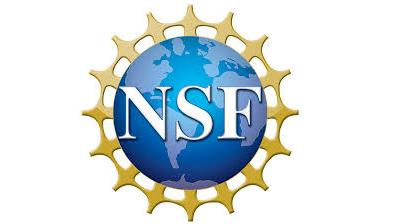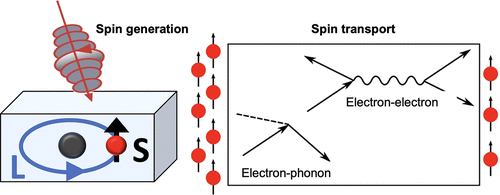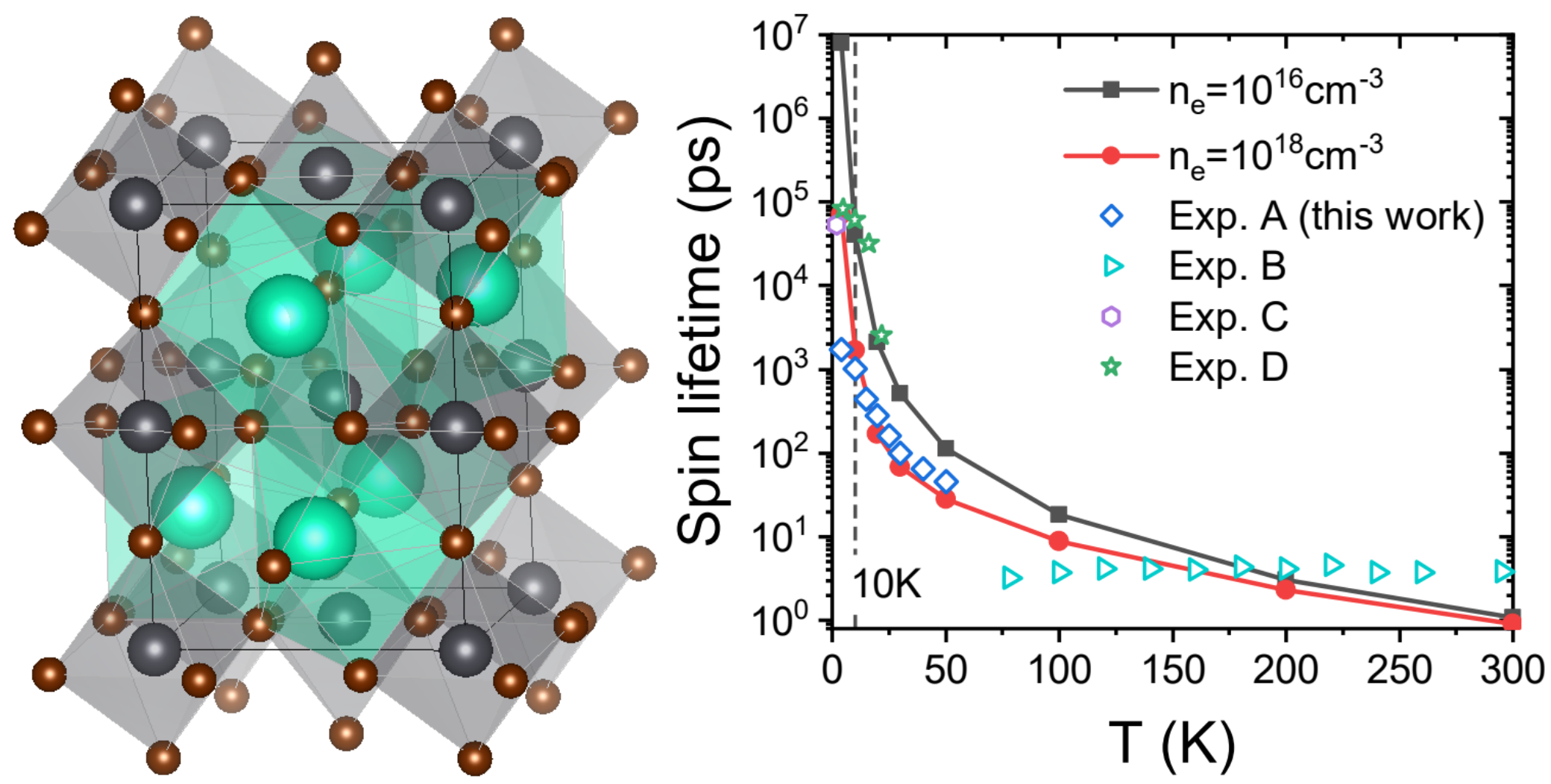Our proposal on “First-Principles Design of Charged Defects for Two-dimensional Quantum Technologies” has been funded by NSF/DMR-CMMT (Condensed Matter and Materials Theory)
Summary: This award supports theoretical and computational research to develop computational methods and to investigate materials with potential application to quantum information technology. Defects in two-dimensional (2D) materials, such as ultrathin hexagonal Boron Nitride, have been found to be promising single-photon emitters with polarized and ultrabright single-photon emission at room temperature. This discovery opens new possibilities for emerging applications in nanophotonics and quantum information, with potentially much better scalability than the long-studied nitrogen vacancy center (NV-) in diamond. Despite the promising properties that have been experimentally demonstrated to date, accurate first-principles prediction of defect properties in 2D materials remains challenging. Difficulties arise mainly because of the highly anisotropic dielectric screening in 2D materials and the presence of strong many-body interactions, including electron-hole, electron-phonon, and defect-exciton interactions, which are not included in standard density functional theory computer codes. The plans to develop efficient computational methods to accurately determine defect charge transition levels and excited state lifetimes of defects in ultrathin 2D materials and heterojunctions, and then to use them to design complex defects with ideal properties for quantum emitters and quantum computation applications based on first-principles calculations. This project is aligned with NSF’s Quantum Leap Big Idea.





